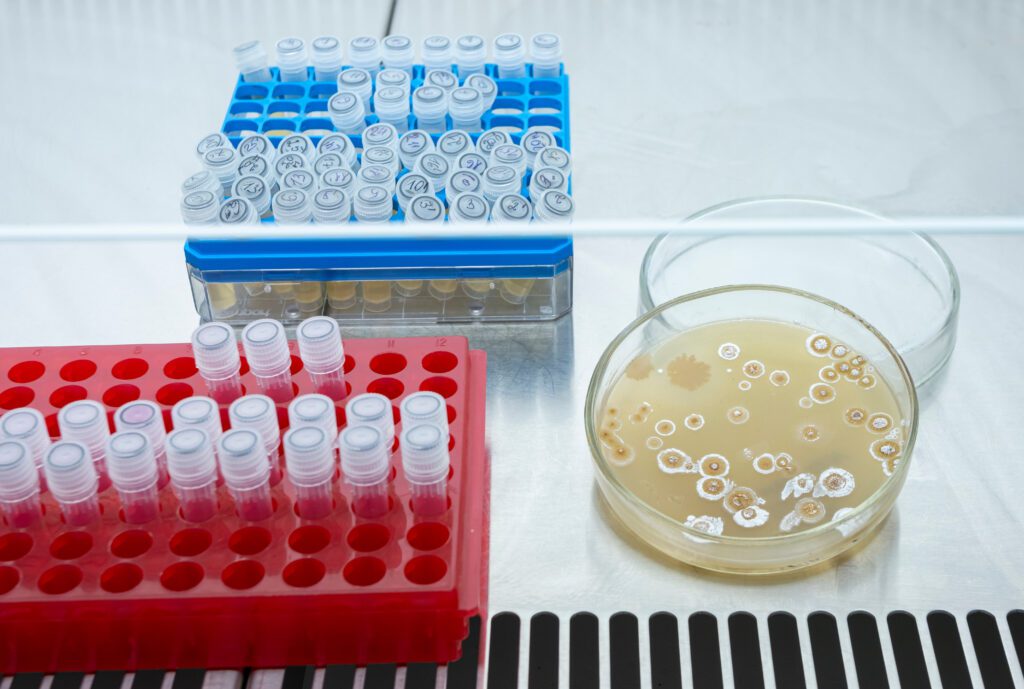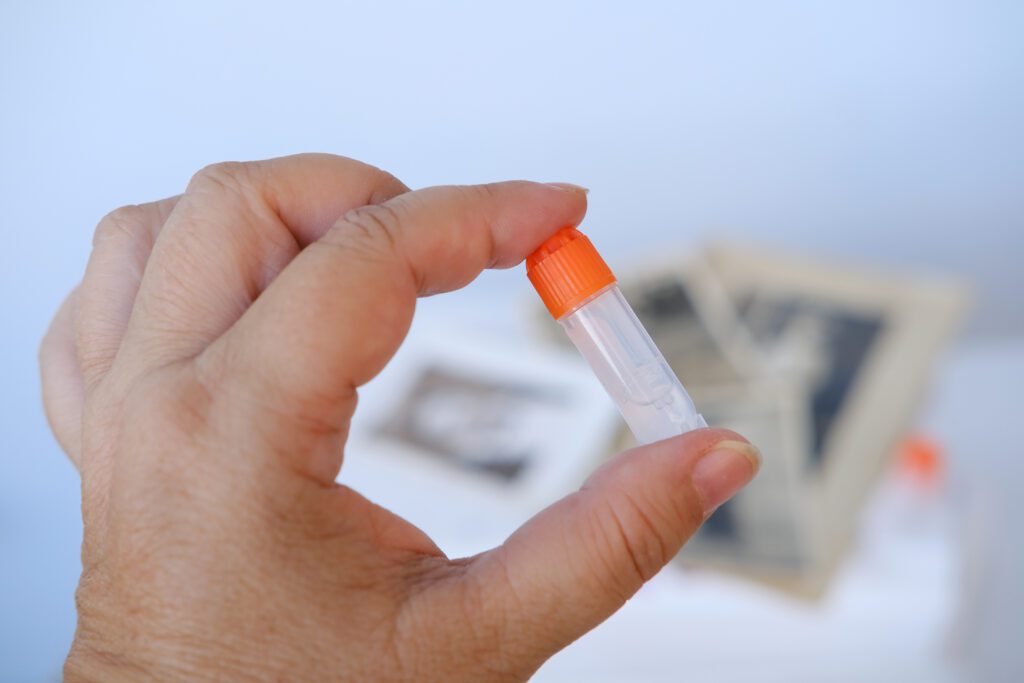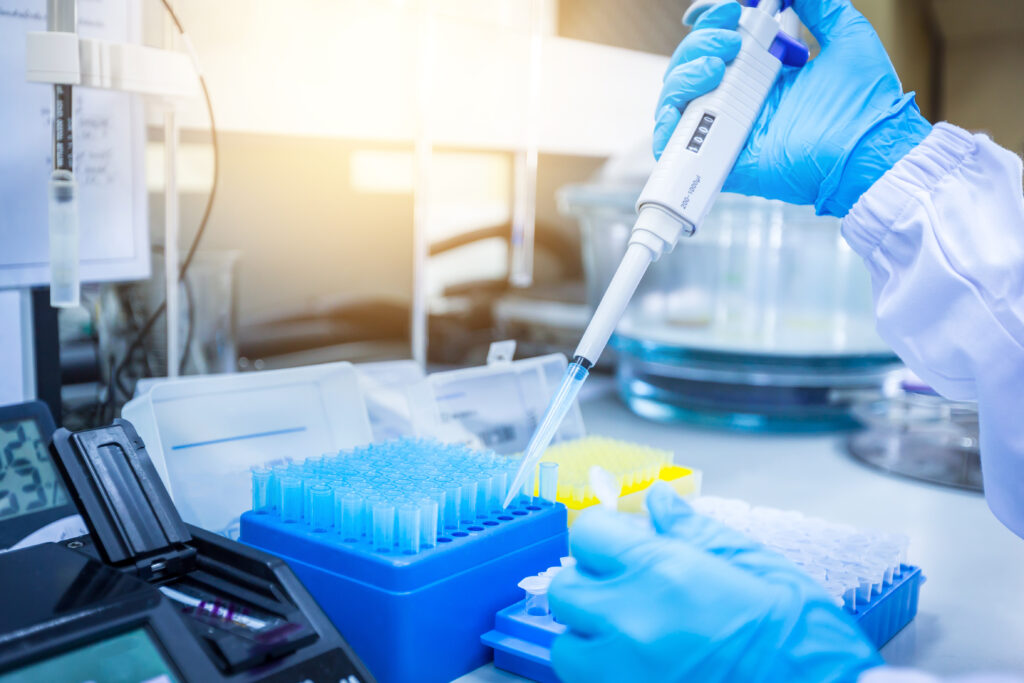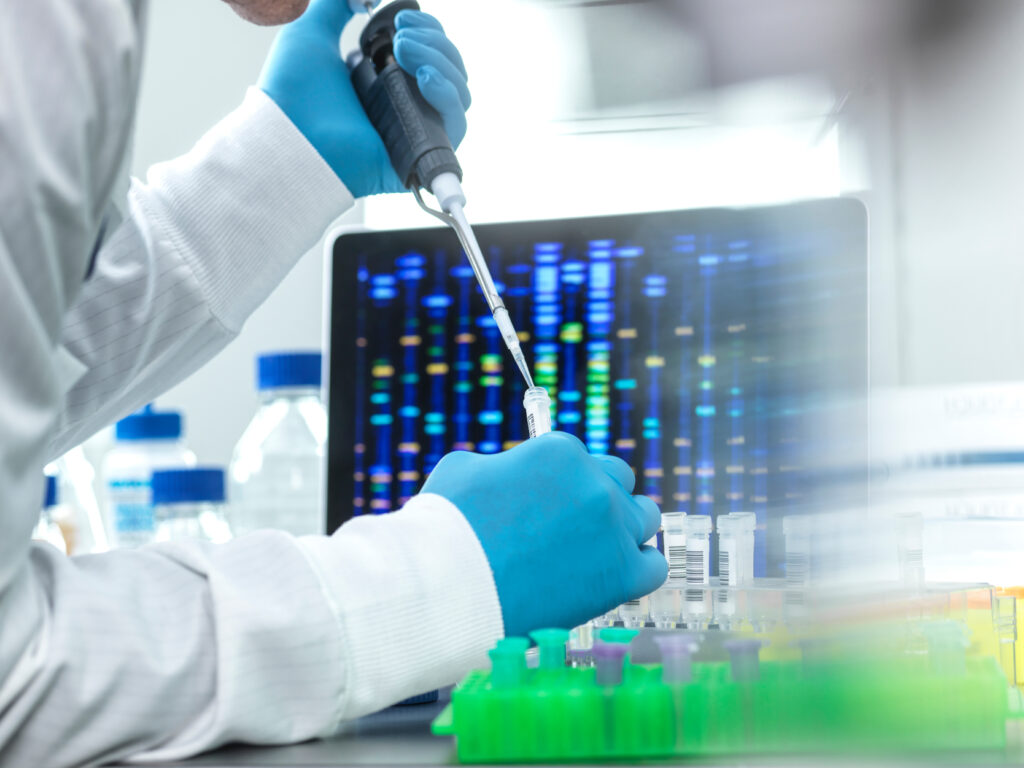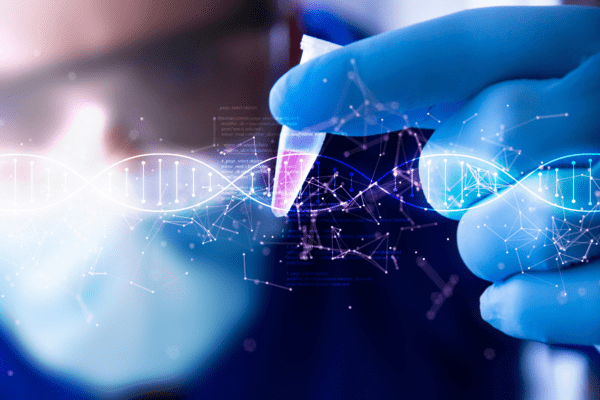Automated Plasmid Purifications using the MagBinder® Fit24: Mini, Midi, and More
Steven Cupello¹, Chris Stuart¹, Kiranmai Durvasula¹, Julie Baggs¹, and Travis Butts¹ ¹Omega Bio-tek, Inc., Norcross, GA 30071 MagBinder® Fit24 Nucleic Acid Purification System Figure 1. MagBinder® Fit24 Nucleic Acid Purification System The MagBinder® Fit24 is a new benchtop nucleic acid purification system designed to meet the needs of low-to-moderate throughput users by providing semi-automated purification […]
Automated Plasmid Purifications using the MagBinder® Fit24: Mini, Midi, and More Read More »


